Class VIII
by Jason Cuvelier
When I set out to write about class VIII (tilted) hub doubling I had expected it to be simple. I knew in advance I would only focus on examples that pre-dated the modern single squeeze era as I wanted to deal with them later. As I thought about it and experimented where I could, I realized it was not going to be easy. The idea with class VIII is that the hub was tilted on the die. Most examples show what I deem to be a partial hubbing. If the hub tilts from any given point outside the mid-section redirecting the point of first contact between the hub and die, the corresponding lateral movement of the hub would cause a misalignment with the perimeter of the hub with that of the die below. As an easy experiment, take a rod and place it over a target the same size on a table below. Tilt the rod relative to the table, if an offset misalignment occurs, where does it tend to go? Inwards toward the center. Sure, after the tilt occurs, it could rotate, pivot or end up offset in any given direction, but those all should be considered indirect and noted as an additional level of misalignment. If the natural expected offset direction is to be pulled in, you would expect several listings that mirror such a scenario. Instead, I found it rather difficult to find an example, and that is not to suggest there are not others.
On my hubbing diagram above (illustration 1) I have shown a row of dies on the bottom with a row of hubs on top to simulate a hubbing press. (For clarity, the dies have the appearance of having been machined down post hubbing – the convex and concave tops as well as the tilt and space between the assembly have all been exaggerated for clarity.) Item A represents a normal hubbing where the die and hub are interlocked normally with zero tilt. Item B shows a tilted hub doubling scenario where the tilt has essentially pulled the perimeter of the hub laterally toward the center of the die at 9:00. A lateral movement like this would create an inherent offset misalignment between the die and hub faces. Any devices hubbed in would be pulled in closer to the center, however in some cases, unless the tilted hubbing was extreme, or another misalignment was present, the tilted devices would largely be contained within the normal footprint of the previous hubbing and marginal if detectable at all. If another directional misalignment coincided with the tilt, such a secondary and unrelated offset misalignment or perhaps a rotational spread, the lateral offset from the tilting would be more easily visible on a struck coin.
My poster child for class VIII hub doubling, the example I search for that showed tilting with an offset that pulled toward the center, is Lincoln cent 1960 DDO-006 (illustration 2) below. My analysis suggests the northwest spread stemming from the hub being tilted and offset laterally southeast, would be enough to show the doubled areas seen as a partial IN G of IN GOD and the first T in TRUST without needing any additional types of misalignments.
Illustration 2: Lincoln cent 1960 DDO-006
Below is Lincoln cent 1942D DDR-001 (illustration 3). While the doubling is somewhat central, and not at the rim like the above, it still is not centered with the strongest doubled impression toward the rim on the O in ONE. The spread gets lighter the N in ONE and the E in CENT. I would suggest the possibility that we have a case of tilting with the hub. The hub’s initial point of contact on the die face would be near the O with an offset lateral movement toward the center. With just about all tilted doubled dies, I imagine them being partial hubbings, probably from the press operator realizing a problem and then resetting the hubbing procedure correcting the tilted and offset hub, though I cannot rule out the die rocking itself back into position.
Illustration 3: Lincoln cent 1942D DDR-001
Another DDR where the doubling is near the center but shifted is Lincoln Cent 1950 DDR-002 (illustration 3a-3b) below. I have included an overlay that shows the circular region where the partial hubbing resides. What we are most likely seeing is offset (west) and tilted hub doubling.
Illustration 3a: Lincoln cent 1950 DDR-002
Illustration 3b: Lincoln cent 1950 DDR-002
Back on the diagram (illustration 1), item E shows a scenario (where I cannot locate an example to illustrate) in which the hub's lateral offset movement from the tilt is outward causing the perimeter of the hub to overshoot the perimeter of the die face below. Item C demonstrates the possibility of the tilted hubbing coming from the initial fixed hubbing where the die has been machined to a cone shape. My thoughts are that such a hubbing is more likely than not constrained to the center, or closes to center of the design as it would require a near full hubbing at a tilt to get an impression all the way out to the rims. An example of centrally isolated tilted hub doubling could be Lincoln cent 1939 DDO-001 (illustration 4) where the middle portion of the design has a rotated spread (rotated hub doubling) that has been restricted seen in my overlay (illustration 5) from the middle toward the lower hemisphere of the design leaving the motto unaffected.
Illustration 4: Lincoln cent 1939 DDO-001
Illustration 5: overlay
Several listings described as class VIII, which I has expected to be rather straightforward to make analysis on, proved to be rather tough. Below Lincoln cents 1963D DDO-001 and 1963D DDO-002 (illustrations 5-7). What at first appears as probable offset and tilted hub doubling proved otherwise as I explored overlays. In each case the doubling was easier to attribute as counterclockwise rotated hub doubling with no offset. I would suggest that both 1963D Lincoln DDOs be reclassified like the 1939 DDO-001 as hybrid hub doubling exhibiting a combination of class I & VIII. One could also argue that Lincoln cent 1963 DDO-007 (illustrations 8-9) below, a proof tripled die, had two cases of a rotational spread where each may very well have been tilted. In one case the tilt would have been near IN resulting in doubling in the L of LIBERTY, IN and the last T in TRUST, with another hubbing tilted toward the date showing in the 3 with tripling in the L and T. There are a number of 1963 doubled dies showing on the L and or the 3 and I suspect all of them involve a rotational spread potentially hand and hand with a tilted hub.
Illustration 5: Lincoln cent 1963D DDO-001
Illustration 6: overlay of 1963D DDO-001
Illustration 7: Lincoln cent 1963D DDO-002
Illustration 8: Lincoln cent 1963 DDO-007
Illustration 9: Lincoln cent 1963 DDO-007
My final examples below are Lincoln cent 1964 DDO-022 (illustrations 10-10b) and (as far as I know) an unlisted Brazilian 2001 doubled die (illustrations 11) and Lincoln Cent 1946S DDR-009 (illustration 12-12b). The 1964 Lincoln has what appears to be some type of tilted and rotated spread showing on IN and L of LIBERTY. Using overlays, I struggled. There are many ways of getting the spread seen on IN, but getting a spread closer to the rim on L was only possible in one specific scenario. To recreate the doubling, the hub needed to be laterally offset north and then a pivot was also needed (class V pivoted hub doubling) at approximately 9:00 CCW. The L’s doubling is from the offset direction, while the doubling in IN is rotational from the pivot. The tilt is only explaining the isolated nature of the doubling and the overlay provided shows how wild the misalignment would have to be. A tripled die, where doubling on IN was solely from the tilted die, and the L from a third hubbing with a rotational spread is also possible. With the 2001 Brazilian there is a strong offset doubling with northerly spread that is isolated at the rim on the word BRASIL. From what can be determined, the dies that struck the coin do not appear to have a concave shape nor do the hubs have a corresponding convex shape. I would imagine that curved die faces, even slightly curved, would lend themselves more easily to have a tilted mishap when hubbed. Nevertheless, the hubbing assembly on this Brazilian issue was more likely than not tilted toward 9:30-10:00. And finally one more example of a DDR with non-centered offset and apparent tilted hub doubling.
Feel free to comment.
Illustration 10: Lincoln cent 1964 DDO-022
Illustration 10b: Lincoln cent 1964 DDO-022
Illustration 11: Brazilian 2001 DDO 5 Centavos
Illustration 12: Lincoln Cent 1946S DDR-009
Illustration 12b: Lincoln Cent 1946S DDR-009
Note: I am purposely not including single squeeze modern doubled dies here.
I will eventually make some edits and lock the thread...
Welcome guest, is this your first visit? Click the "Create Account" button now to join.
Results 1 to 10 of 11
Thread: Class VIII (Tilted hub Doubling)
-
03-28-2017 #1
Class VIII (Tilted hub Doubling)
Jason Cuvelier
MadDieClashes.com - ErrorVariety.com
TrailDies.com - Error-ref.com - Port.Cuvelier.org
CONECA
(images © Jason Cuvelier 2008-18)___________________
-
Post Thanks / Like - 7 Thanks, 10 Likes
 mustbebob, WaterSport, Patric M, JC Stevens, GrumpyEd, VAB2013, Chugly, joel, Petespockets55, Rowdyricster liked this post
mustbebob, WaterSport, Patric M, JC Stevens, GrumpyEd, VAB2013, Chugly, joel, Petespockets55, Rowdyricster liked this post
-
03-29-2017 #2
I'll add this 1942D 1DR-004 (WDDR-007) which I am now seeing as a tripled die that shows two additional offset and tilted partial hubbings of O in ONE. I have used some overlays to show the additional hubbings.

Jason Cuvelier
MadDieClashes.com - ErrorVariety.com
TrailDies.com - Error-ref.com - Port.Cuvelier.org
CONECA
(images © Jason Cuvelier 2008-18)___________________
-
Post Thanks / Like - 1 Thanks, 1 Likes
-
03-29-2017 #3
Ok, I guess I am first. So now that you did original research for your PHD in numismatics, When can we buy the book ??? This is VERY well done Jason KUDOS to you and your effort.
WS
-
Post Thanks / Like - 0 Thanks, 2 Likes
-
03-29-2017 #4
Excellent article , one that I need to re-read a number of times to absorb. Many thanks !
JohnSo sad ... My reverse consumption engine was a broken fuel gauge ... gonna look at coins now. John
-
Post Thanks / Like - 0 Thanks, 2 Likes
-
03-30-2017 #5
Excellent photos and explanations Jason... A question on the 1942D-DDR-001 (Illustration 3) - On the photo of the O there are 2 distinct markings inside... Should that be a TDR instead of a DDR??? Thanks Jason!!!
Jim
(A.K.A. Elmer Fudd) Be verwy verwy quiet... I'm hunting coins!!! Good Hunting!!!
Be verwy verwy quiet... I'm hunting coins!!! Good Hunting!!!
-
Post Thanks / Like - 0 Thanks, 1 Likes
 jcuve liked this post
jcuve liked this post
-
03-31-2017 #6
Jason Cuvelier
MadDieClashes.com - ErrorVariety.com
TrailDies.com - Error-ref.com - Port.Cuvelier.org
CONECA
(images © Jason Cuvelier 2008-18)___________________
-
03-31-2017 #7
-
Post Thanks / Like - 0 Thanks, 1 Likes
 jcuve liked this post
jcuve liked this post
-
04-01-2017 #8
Great pics and write up!
That 64 DDO isn't listed in the CPG but it is pictured on page 360 of the CPG (4th Ed Vol 1) as an example of class 8 and he makes some comments about it.
-
Post Thanks / Like - 0 Thanks, 1 Likes
 jcuve liked this post
jcuve liked this post
-
04-01-2017 #9Jim
(A.K.A. Elmer Fudd) Be verwy verwy quiet... I'm hunting coins!!! Good Hunting!!!
Be verwy verwy quiet... I'm hunting coins!!! Good Hunting!!!
-
04-08-2017 #10
This 1964D Lincoln Cent shows a CCW class V (or maybe I) with apparent class VIII tilting on IN. It was found by John Shields. As far as I know it does not have a attribution number anywhere.
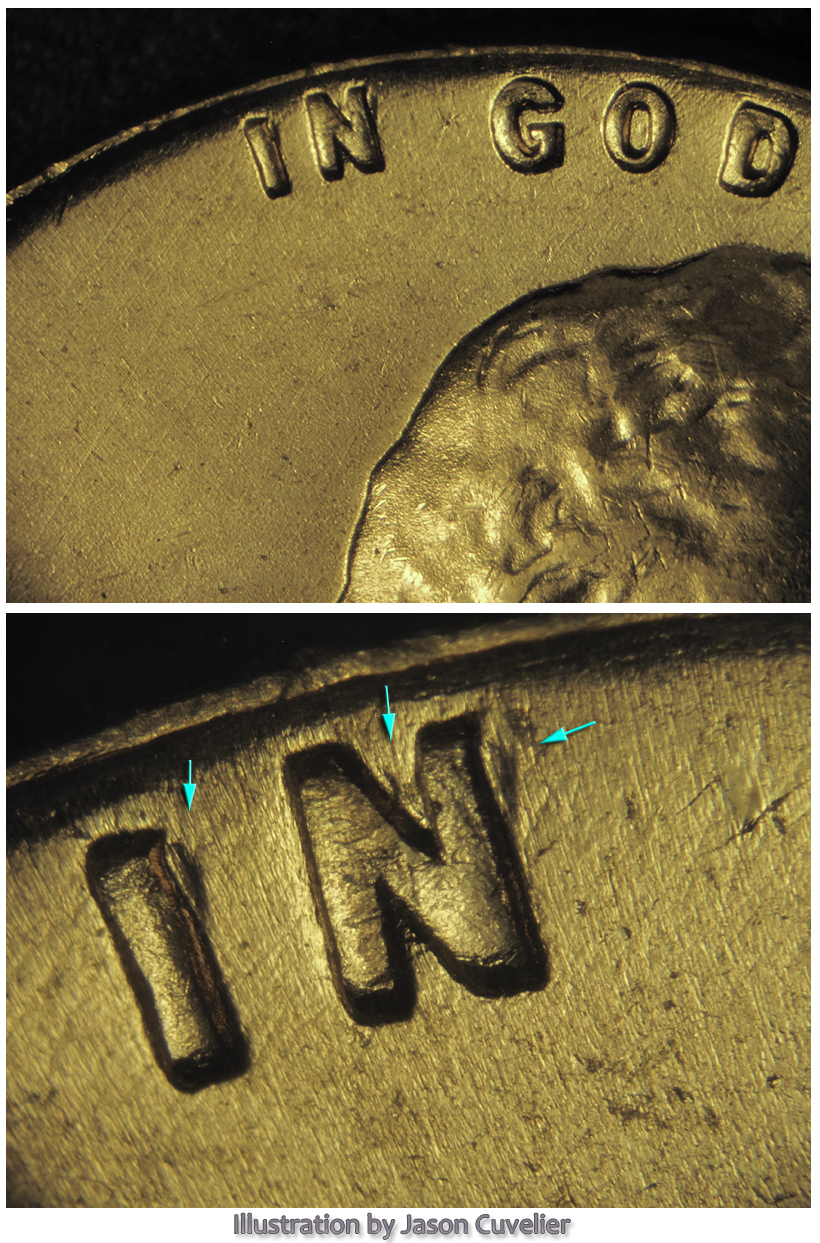
Another apparent tilted and CW rotated/pivoted example can be seen on the last T in TRUST on this Lincoln Cent 1944 WDDO-007

Jason Cuvelier
MadDieClashes.com - ErrorVariety.com
TrailDies.com - Error-ref.com - Port.Cuvelier.org
CONECA
(images © Jason Cuvelier 2008-18)___________________
-
Post Thanks / Like - 2 Thanks, 2 Likes







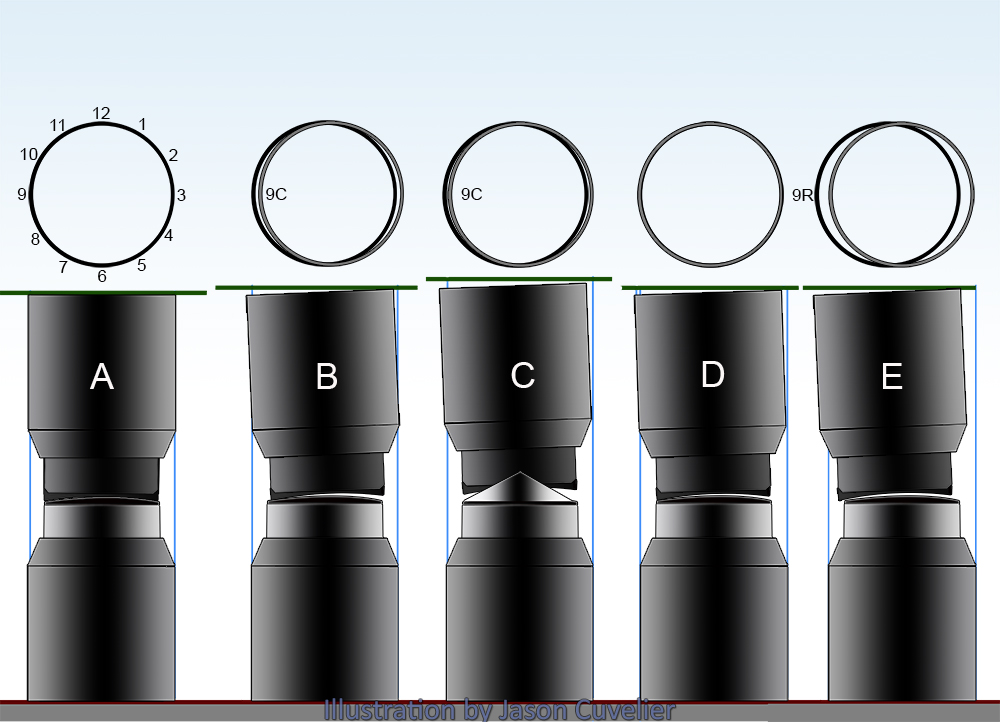

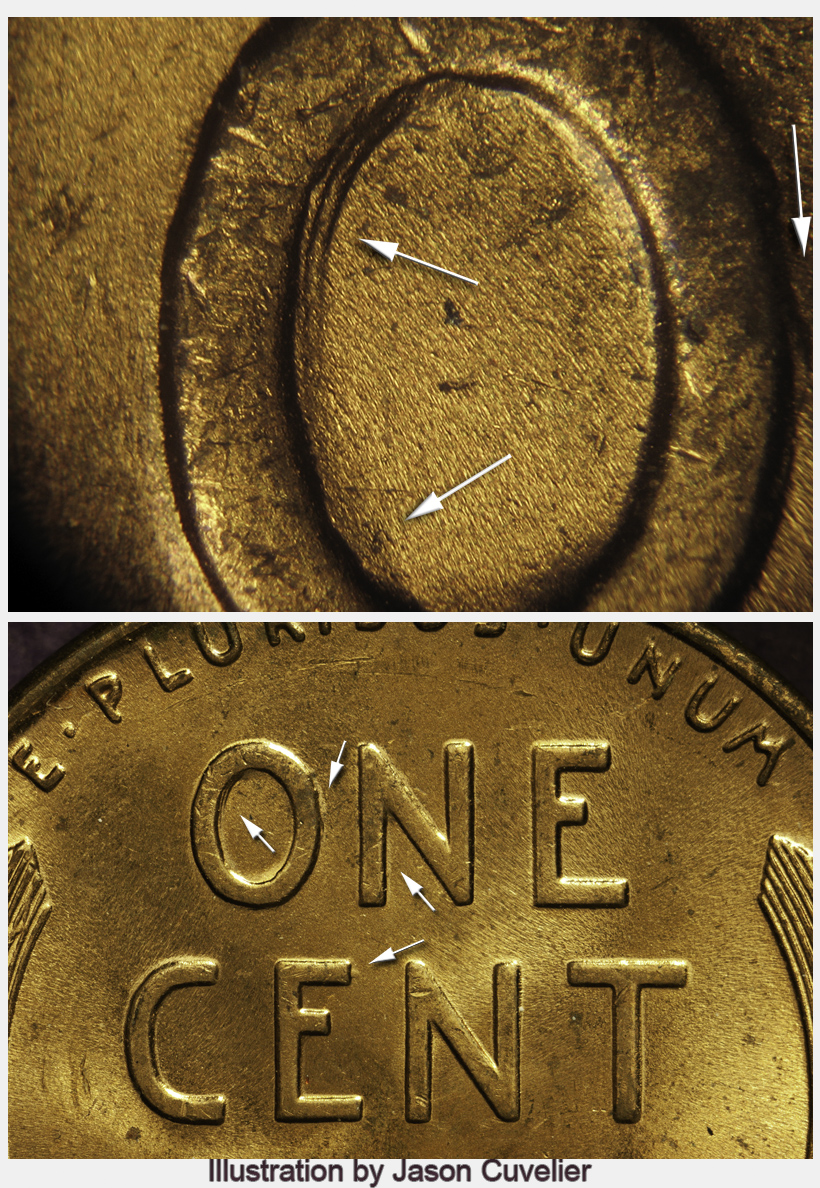
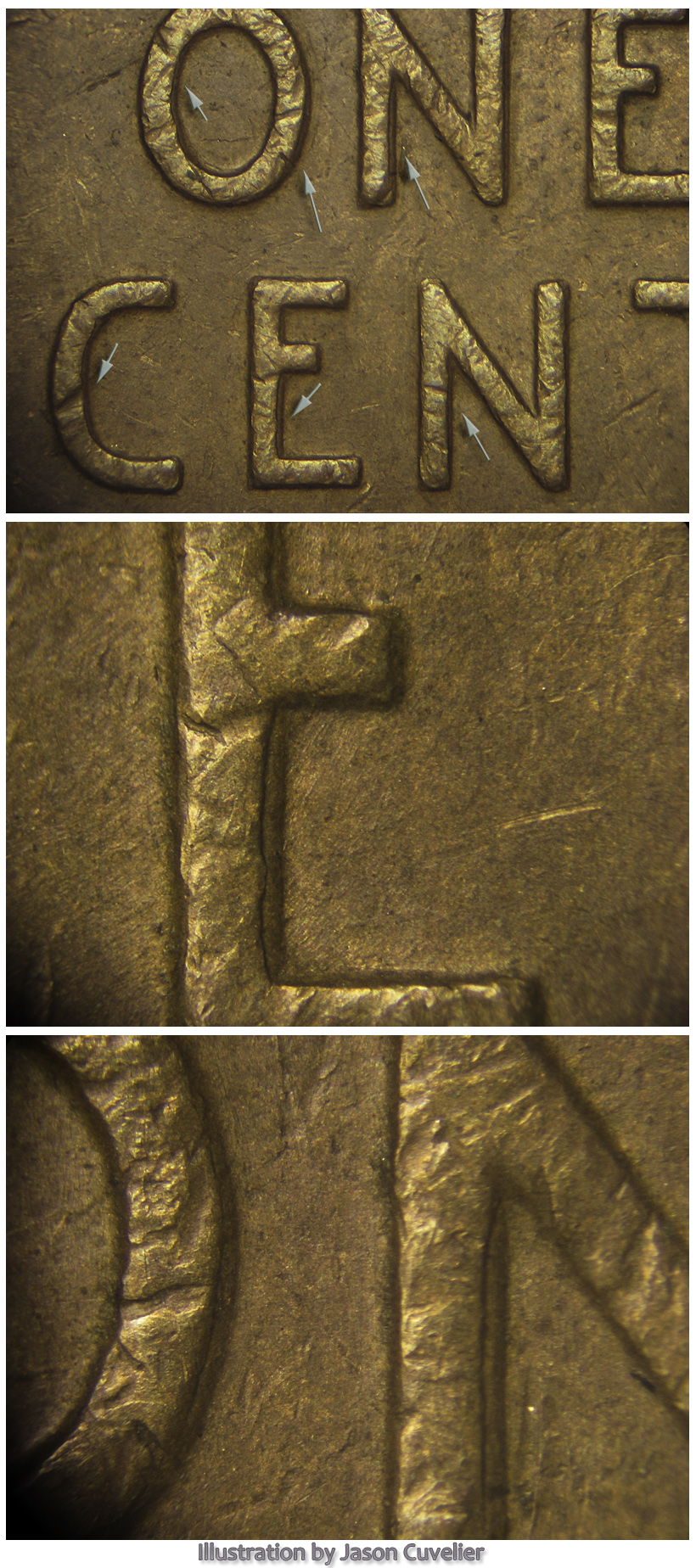

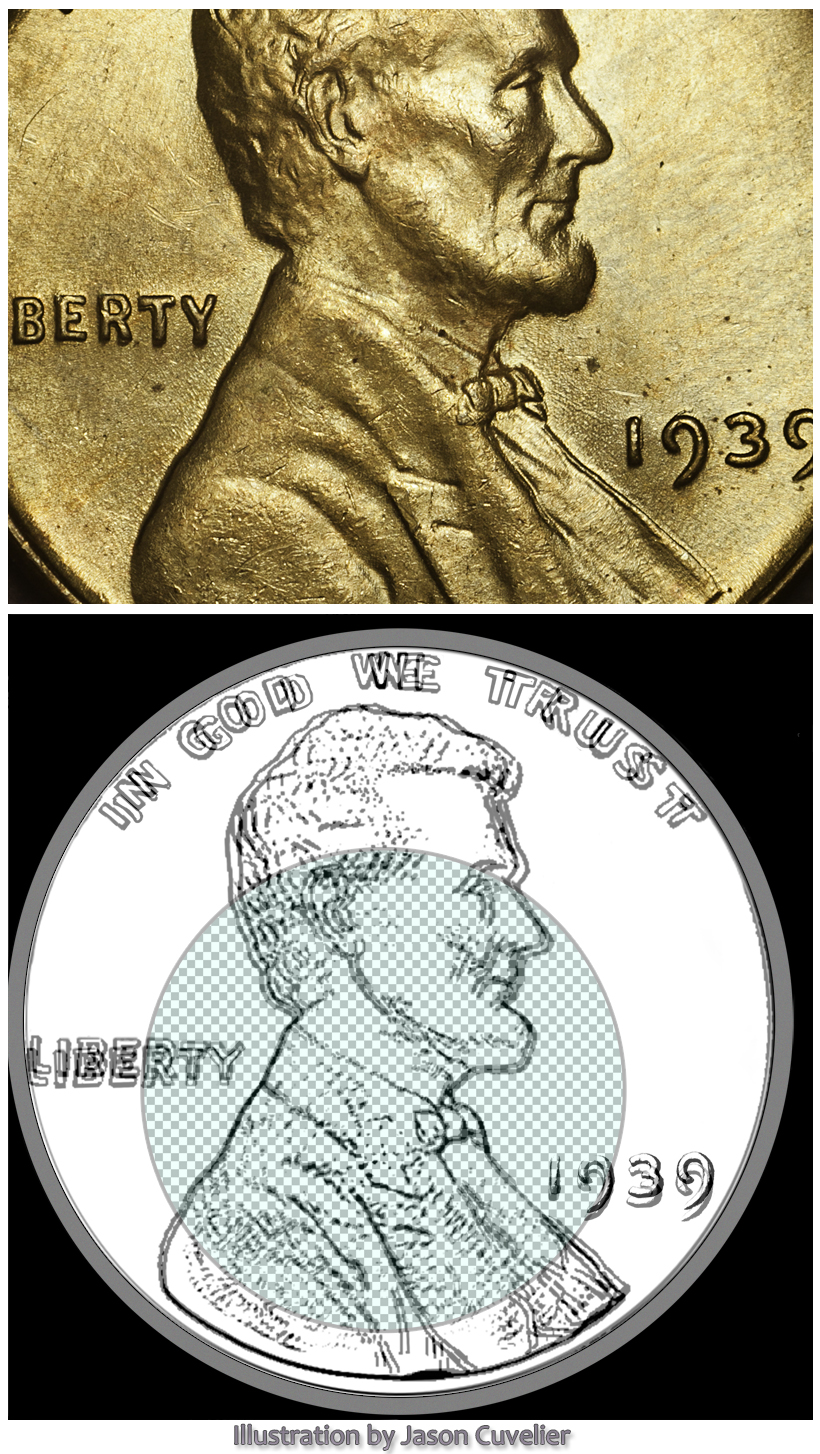

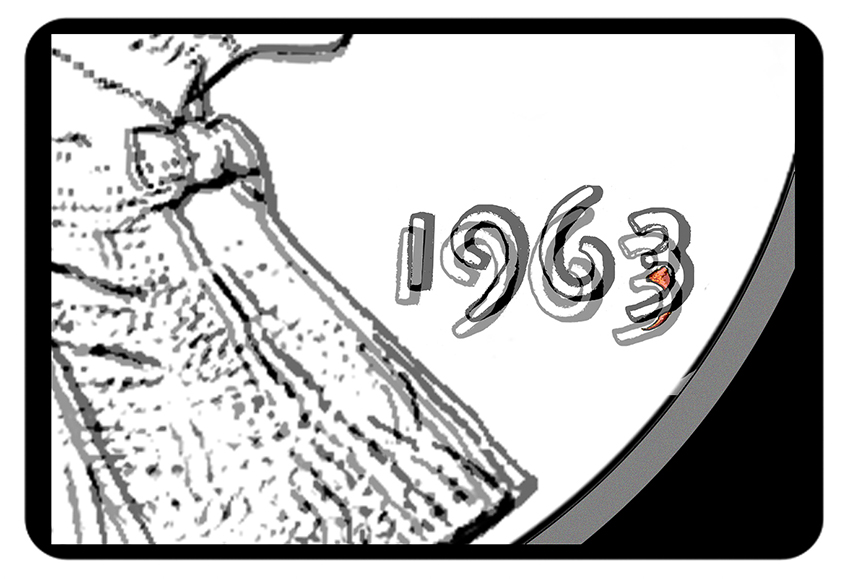







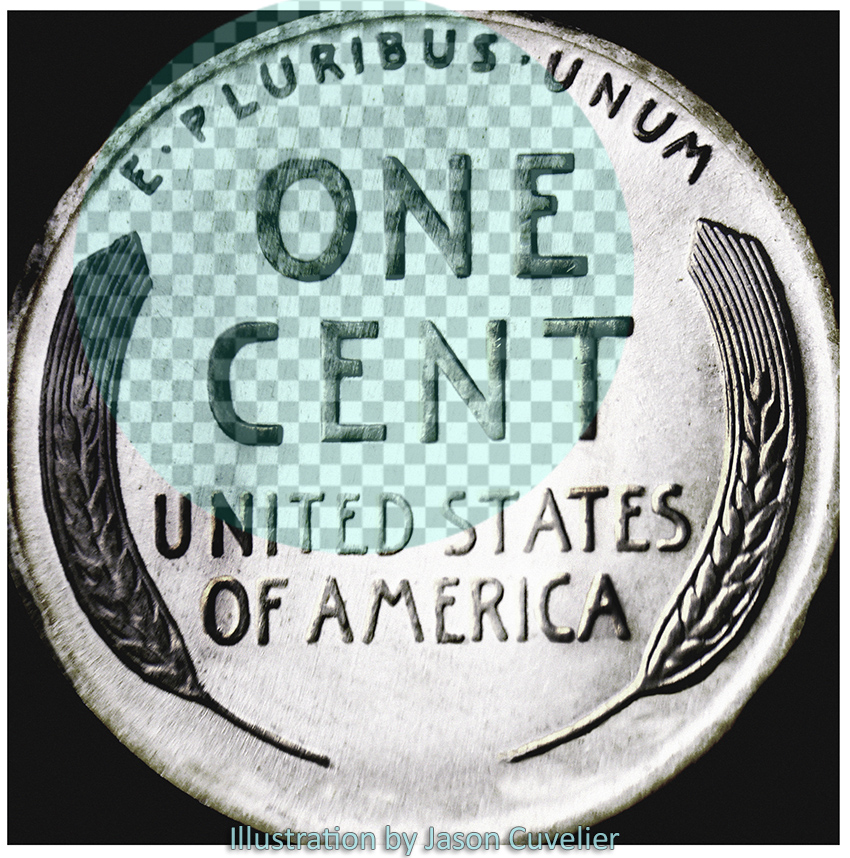

 Reply With Quote
Reply With Quote


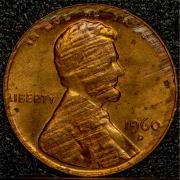


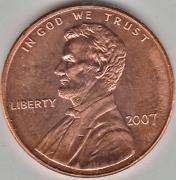

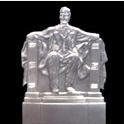

Bookmarks